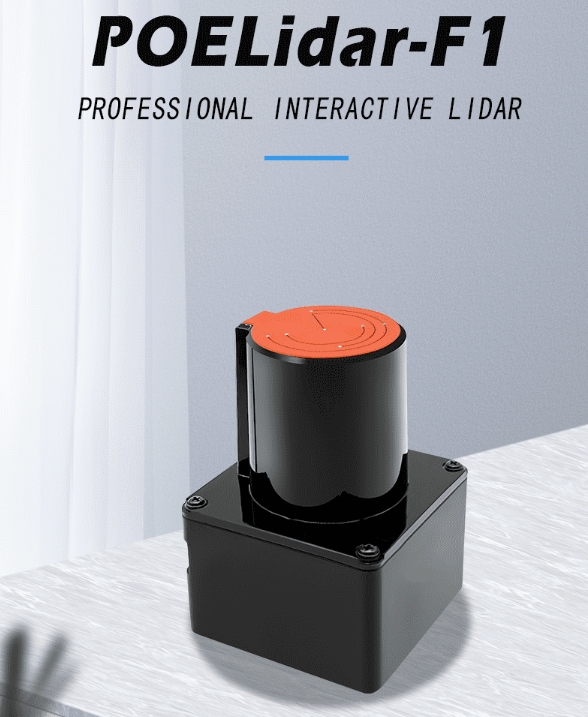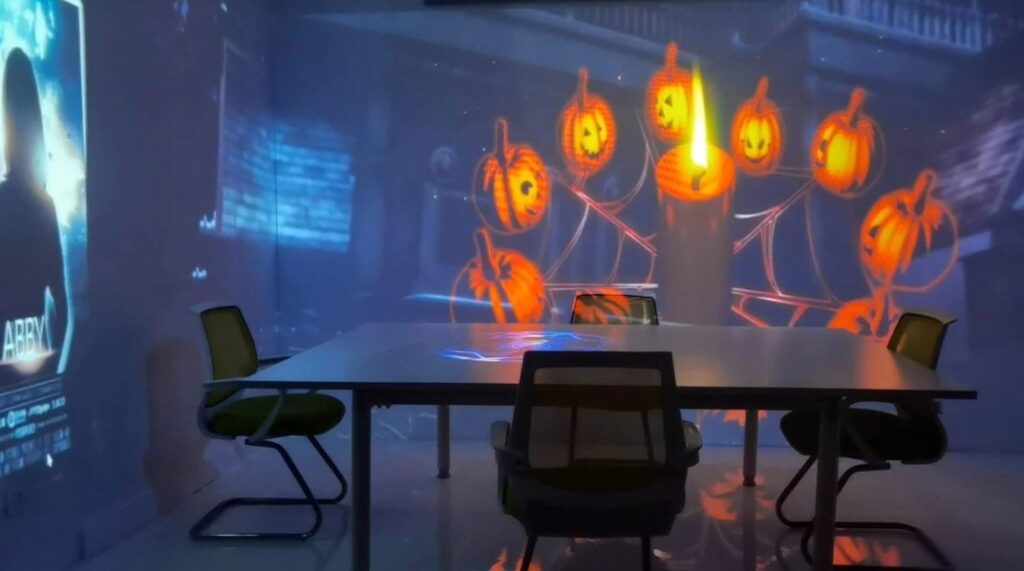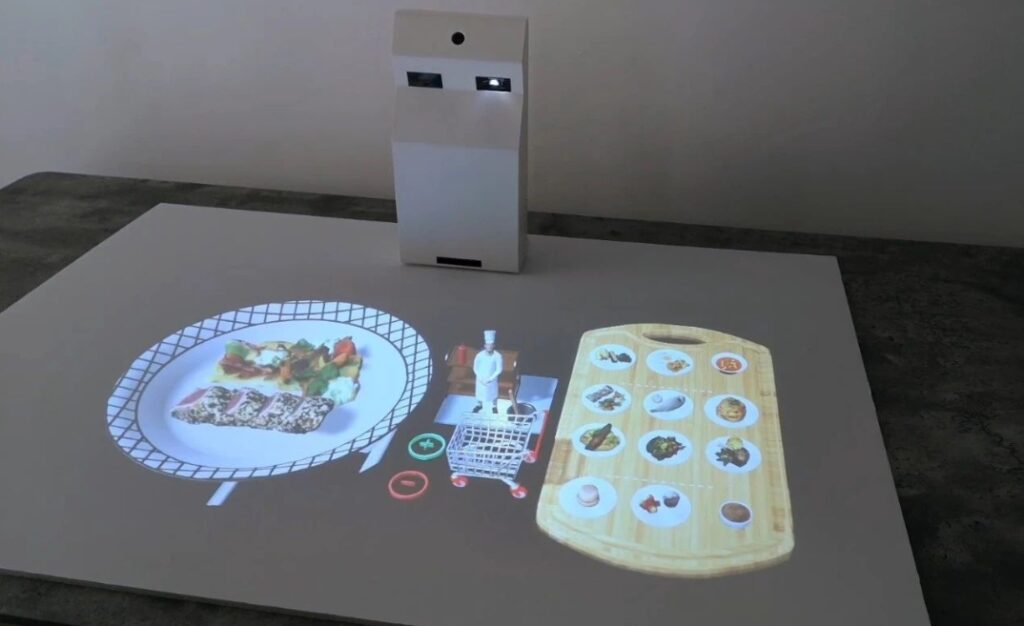In recent years, the integration of advanced technologies into the hospitality industry has revolutionized the way customers interact with dining spaces. One such groundbreaking innovation is LiDAR-based interactive projection, which is transforming restaurants into immersive, engaging, and futuristic environments. This blog explores how LiDAR interactive projection can create unique dining experiences, its underlying principles, and how it works. Whether you’re a restaurant owner or a tech enthusiast, this guide will help you understand the potential of this cutting-edge technology.
What is LiDAR Interactive Projection?
LiDAR (Light Detection and Ranging) is a remote sensing technology that uses laser pulses to measure distances and create detailed 3D maps of environments. When combined with interactive projection systems, LiDAR enables real-time interaction between users and projected content. In restaurants, this technology can turn tables, walls, or floors into dynamic, interactive surfaces that respond to touch, gestures, or movement.

How Does LiDAR Interactive Projection Work?
1. LiDAR Scanning
- LiDAR sensors emit laser beams that bounce off objects in the environment. By measuring the time it takes for the light to return, the system calculates distances and creates a precise 3D map of the space.
- In a restaurant setting, LiDAR can detect the position and movement of customers’ hands, utensils, or other objects on a table.
2. Projection Mapping
- Once the LiDAR system maps the environment, a projector overlays dynamic content onto surfaces like tables or walls. This content can include menus, animations, games, or even virtual chefs.
- The projection is calibrated to align perfectly with the physical space, creating a seamless augmented reality experience.
3. Real-Time Interaction
- The system uses the LiDAR data to detect interactions, such as tapping on a virtual menu or gesturing to play a game. These inputs are processed in real time, allowing the projected content to respond instantly.

Innovative Interactive Experiences in Restaurants
Here are some creative ways LiDAR interactive projection can enhance dining experiences:
1. Interactive Menus
- Instead of traditional paper menus, customers can explore 3D holographic menus projected onto their tables. They can swipe through dishes, view ingredients, or even watch a virtual chef prepare their meal.
2. Gamified Dining
- While waiting for their food, customers can engage in interactive games projected onto their tables. Multiplayer games can encourage social interaction, making dining a fun and memorable experience.
3. Augmented Reality Storytelling
- Restaurants can use LiDAR projection to tell stories about their cuisine or culture. For example, a sushi restaurant could project an underwater scene with swimming fish, enhancing the thematic dining experience.
4. Personalized Experiences
- LiDAR systems can recognize returning customers and display personalized greetings or recommendations based on their previous orders.
5. Virtual Chef Demonstrations
- Customers can watch a virtual chef projected onto their table, demonstrating how their dish is prepared or sharing cooking tips.
6. Interactive Tables for Kids
- Families with children can enjoy kid-friendly interactive tables featuring educational games or coloring activities, keeping young diners entertained.
7. Dynamic Ambiance
- LiDAR projection can transform the restaurant’s ambiance by projecting dynamic visuals, such as changing seasons, starry skies, or abstract art, onto walls or floors.
Benefits of LiDAR Interactive Projection in Restaurants
- Enhanced Customer Engagement: Interactive experiences captivate customers, making their visit more enjoyable and memorable.
- Increased Dwell Time: Gamified elements and interactive content encourage customers to stay longer, potentially increasing sales.
- Brand Differentiation: Adopting cutting-edge technology sets your restaurant apart from competitors, attracting tech-savvy customers.
- Operational Efficiency: Digital menus and automated interactions reduce the need for physical menus and staff intervention.

Implementing LiDAR Interactive Projection in Your Restaurant
1. Choose the Right Hardware
- Invest in high-quality LiDAR sensors and projectors that can handle the size and layout of your restaurant.
2. Develop Custom Content
- Work with designers and developers to create engaging content tailored to your restaurant’s theme and customer base.
3. Integrate with Existing Systems
- Ensure the LiDAR system integrates seamlessly with your POS (Point of Sale) system, reservation platform, and other operational tools.
4. Train Your Staff
- Educate your team on how to use and explain the technology to customers, ensuring a smooth and enjoyable experience.
5. Test and Optimize
- Conduct trials to gather customer feedback and refine the system for optimal performance.
Conclusion
LiDAR interactive projection is more than just a technological novelty—it’s a powerful tool for creating unforgettable dining experiences. By blending augmented reality, real-time interaction, and dynamic visuals, restaurants can engage customers in ways that were previously unimaginable. As the hospitality industry continues to evolve, adopting innovative technologies like LiDAR projection will be key to staying ahead of the curve.
Are you ready to transform your restaurant into a futuristic dining destination? Embrace LiDAR interactive projection and watch your customers’ faces light up with delight!







